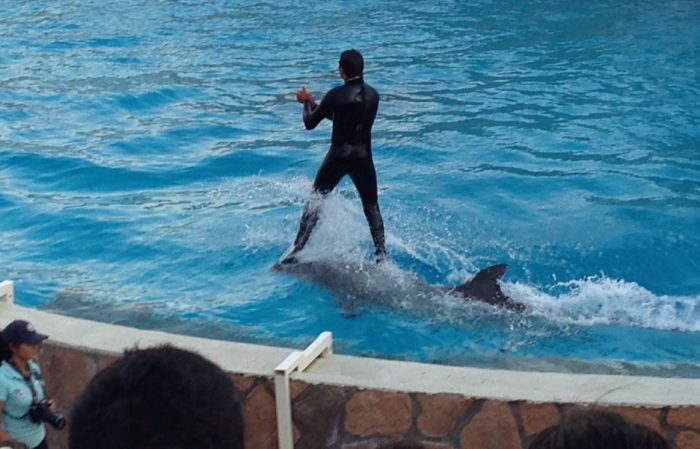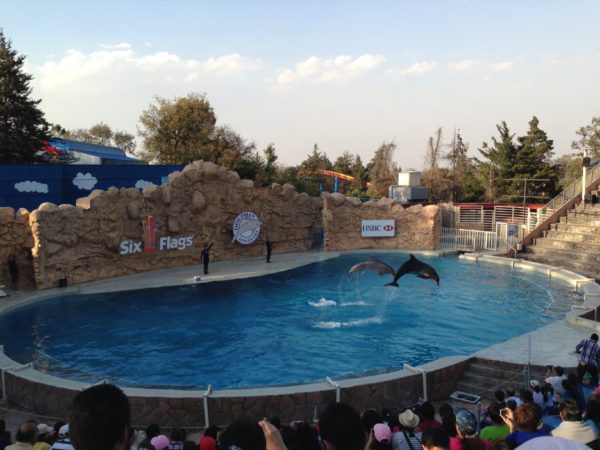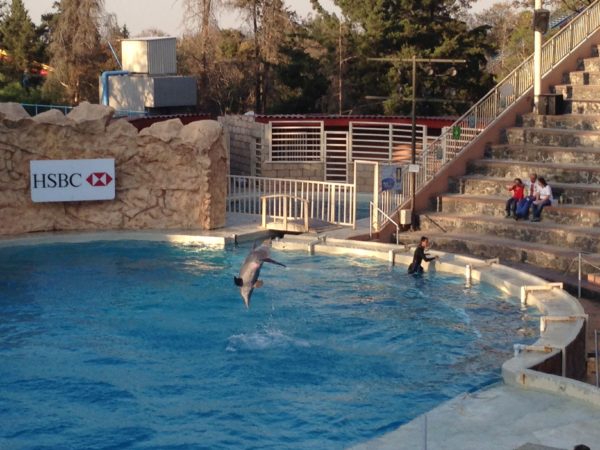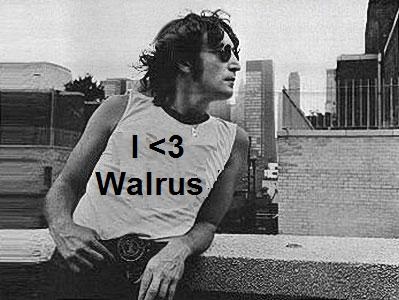MIAMI, FLA – Diamond NFTs are forever, and Addison Taylor Fine Jewelry have several Diamonds with their NFT digital images with the amazing 18 Million Dollar Trinity Collection.
The entire Trinity Collection of unique diamond jewelry pieces will be auctioned by ViciNFT and also bidding online. Plus two additional diamond NFTs.
The Trinity Collection
The Trinity Collection symbolizes the Ceremony of Peace. This collection features the Rare Chameleon Diamond Necklace, the Exquisite Fancy Diamond Ring, and the Elegant Heart Shaped Diamond.
1. Rare Chameleon Diamond and Necklace

The Trinity Collection Chameleon Diamond and Necklace is a one-of-a-kind masterpiece. The Chameleon Diamond, one of the rarest diamonds in the world, is a G.I.A. certified natural 8.50 carat Pear-Modified Brilliant cut VVS1 diamond. The Chameleon is the focal point of this masterpiece.
The necklace features fifty-nine G.I.A certified natural fancy-colored diamonds, a total weight of 30.99 carats, and is accented with one thousand and seventy-one ideal round brilliant cut diamonds, a total weight of 5.58 carats, and is further accented by seventy vivid yellow ideal cut round brilliant diamonds, a total weight of 0.33 carats. The necklace, designed by Scott Berger, was hand fabricated in 18k white gold. This masterpiece, which took three and a half years to complete, contains a combined diamond weight of 45.40 carats, and can never be recreated.
2. Exquisite Fancy Diamond Ring

The Trinity Collection Ring features a 15.36 carat G.I.A. certified Cushion Modified Brilliant Cut Natural Fancy Light Gray-Greenish Yellow VVS2 Diamond. This is a one-of-a-kind diamond ring. The ring, handmade by a master jeweler in platinum and 22k green gold, features two half-moon cut diamonds on each side that are D in color, VS1 in clarity, a total weight of 1.24 carats.
This ring is accented with fourteen ideal cut round brilliant diamonds that are E in color, VS1 in clarity, a total weight of 0.92 carats. The overall diamond weight is 17.52 carats. This masterpiece, inspired by the Art Deco Era, took seven months to complete.
3. Elegant Heart Shaped Diamond

The Trinity Collection Heart Shape Diamond is a G.I.A. certified 40.02 carat Heart Modified Brilliant Cut Natural Fancy Deep Brownish Yellow VS1 Diamond. This perfectly cut, one-of-a-kind diamond, can be a stand-alone jewel, or the centerpiece of a tiara, necklace, or any other masterpiece.
The NFT of the Trinity collection incorporates the certificate of authenticity and presents indisputable proof of ownership. The NFT changes hands together with the jewelry, and thus helps maintain an unbroken record of the Trinity collection provenance.
Diamond Dolphin Pendant and its Authentication NFT

The Pave’ Diamond Dolphin Pendant features (578) white and (3) black round brilliant cut diamonds, a total weight of 5.64 carats. The buyer receives the Dolphin Diamond Pendant and the NFT that authenticates its provenance. According to the standards of the “Dolphin Leadership,” this handcrafted, custom designed Dolphin piece was approved per their scale after spending one and a half years of research in concert with the leading Veterinarians of Sea World, and in Hawaii, to ensure this piece was anatomically correct. This dolphin diamond pendant is a one-of-a kind.
Fancy Yellow Diamond Ring and its Authentication NFT

The ring, exclusively designed for NFT BZL in Miami, consists of a fancy yellow G.I.A. certified 11.91 carat radiant cut diamond. The buyer receives the Fancy Yellow Diamond ring and the NFT that authenticates its provenance.

Supplemental








